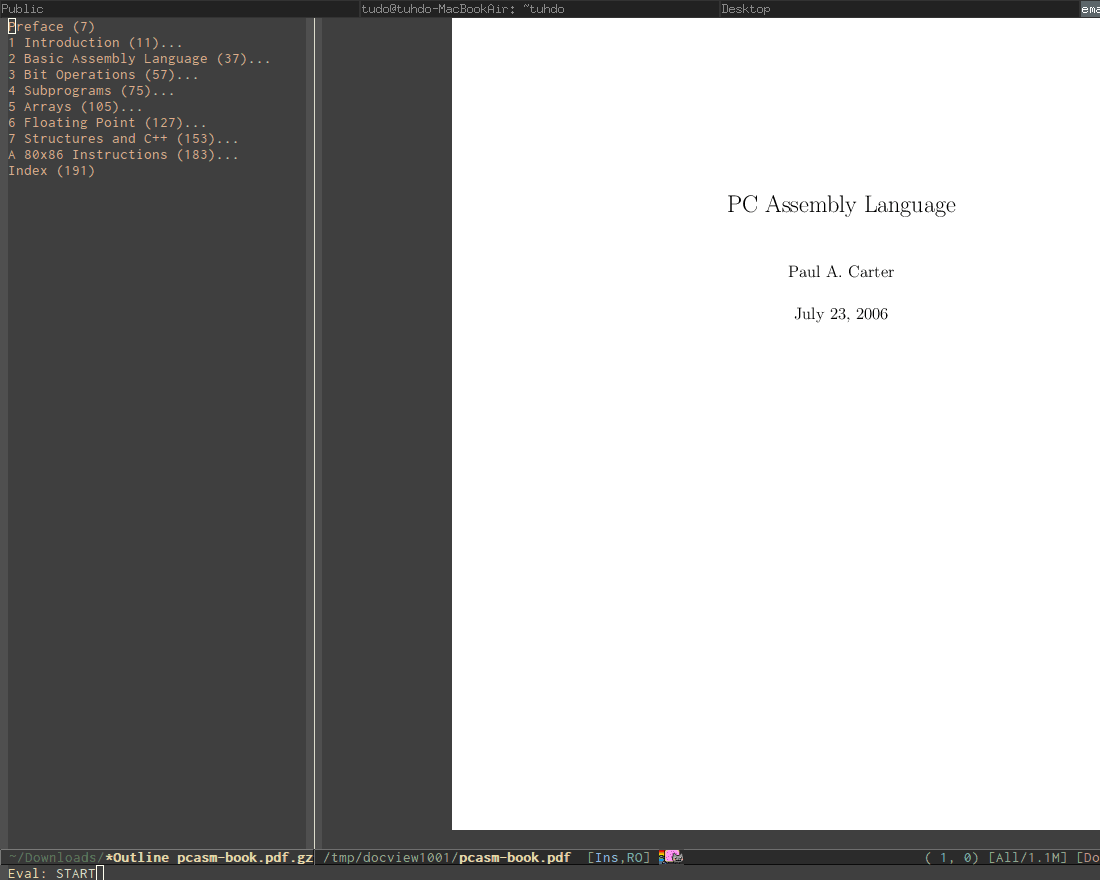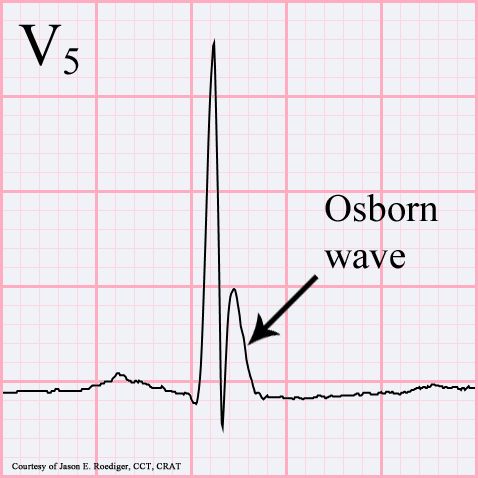Kraków, a city steeped in history and culture, holds a significant place named in honor of a pivotal figure of the 20th century: Plac Centralny Imienia Ronalda Reagana. This square, dedicated to President Ronald Reagan, symbolizes the appreciation of the Polish people for his role in the fall of communism. Understanding its significance offers valuable insights into Polish-American relations and the broader context of the Cold War.
Understanding Plac Centralny Imienia Ronalda Reagana
Plac Centralny Imienia Ronalda Reagana translates to Ronald Reagan Central Square. It is located in Kraków. This public space serves not only as a physical location but also as a memorial. The square commemorates Reagan's unwavering stance against Soviet influence and his support for the Solidarity movement in Poland. It is a testament to the impact one leader can have on global events.
The square itself might not be visually striking with grand monuments or statues. However, its importance lies in its symbolic value. It represents the gratitude of the Polish people. It is a lasting reminder of the transatlantic alliance during a critical period. Consider it a living history lesson embedded within the urban landscape of Kraków.
Why Ronald Reagan?
Ronald Reagan's presidency (1981-1989) coincided with a period of intense struggle for Poland under communist rule. He publicly condemned the imposition of martial law in Poland in 1981. Reagan also provided moral and material support to the Solidarity movement, a labor union that challenged the communist regime. This support was crucial in sustaining the movement's momentum.
Reagan's famous speech at the Brandenburg Gate in 1987, where he challenged Mikhail Gorbachev to "tear down this wall," resonated deeply with those living behind the Iron Curtain. This bold declaration was a symbolic attack on the division of Europe. It contributed significantly to the eventual collapse of the Berlin Wall and the dismantling of the Soviet bloc. He provided unwavering support. His words carried weight.
His strong anti-communist rhetoric and policies pressured the Soviet Union. They also weakened its grip on Eastern Europe. Many Poles credit Reagan with accelerating the fall of communism. They see him as a key ally in their struggle for freedom and democracy. Therefore, naming a public space in his honor is seen as a fitting tribute.
Teaching Tips for Educators
When introducing Plac Centralny Imienia Ronalda Reagana to students, start with the broader historical context of the Cold War. Explain the division of Europe. Describe the political climate of the time. This will provide a foundation for understanding Reagan's role and the significance of the square. Help students understand the significance.
Use visual aids such as maps, photographs, and video clips to illustrate the division of Europe and the conditions in communist Poland. Show clips of Reagan's speeches. This will allow students to connect with the historical period. It will also allow them to gain a better understanding of what the square means.
Relate the story of Solidarity to the students' own lives. Discuss the importance of freedom of speech, freedom of assembly, and the right to protest. Emphasize how these rights were denied to the Polish people under communism. This will help students to appreciate the value of these freedoms and understand why they are worth fighting for.
Consider a class project where students research different aspects of the Cold War. The project could include a research paper on Solidarity or a presentation about the fall of the Berlin Wall. This will allow students to delve deeper into the topic. It will help them to develop critical thinking skills.
Addressing Common Misconceptions
Some students might mistakenly believe that Reagan single-handedly caused the fall of communism. It is crucial to emphasize that many factors contributed to this complex historical event. The internal pressures within the Soviet Union, the actions of the Solidarity movement, and the economic difficulties faced by communist countries all played significant roles.
Another misconception might be that all Poles unanimously supported Reagan. While he was widely admired for his anti-communist stance, there were diverse opinions within Polish society. Discuss the nuances of Polish public opinion during that time. This will provide a more balanced perspective.
Students might also underestimate the importance of symbolic gestures. Explain how naming a public space after a foreign leader can be a powerful statement of political alignment and gratitude. Emphasize that Plac Centralny Imienia Ronalda Reagana represents more than just a physical location. It represents a deep connection between two nations.
Making the Concept Engaging
Incorporate primary source materials into your lessons, such as excerpts from Reagan's speeches or interviews with members of the Solidarity movement. This will help bring the history to life. It will allow students to hear directly from the people who were involved.
Use interactive activities such as simulations or debates to engage students with the topic. A simulation could involve students taking on the roles of different historical figures during the Cold War. A debate could focus on the question of whether Reagan deserves the credit for the fall of communism.
Connect the topic to contemporary issues by discussing the ongoing struggle for democracy in other parts of the world. Discuss the role of international relations in promoting human rights and freedom. This will help students see the relevance of this historical event. It will show the event is important today.
Consider a virtual tour of Kraków. Focus on the square. Discuss its significance within the context of the city's history and culture. Many resources are available to facilitate this kind of learning experience.
By employing these strategies, educators can effectively teach about Plac Centralny Imienia Ronalda Reagana. They can help students understand the significance of this space. They can explore its meaning within the broader context of Polish-American relations and the Cold War.

